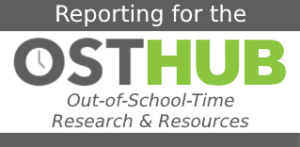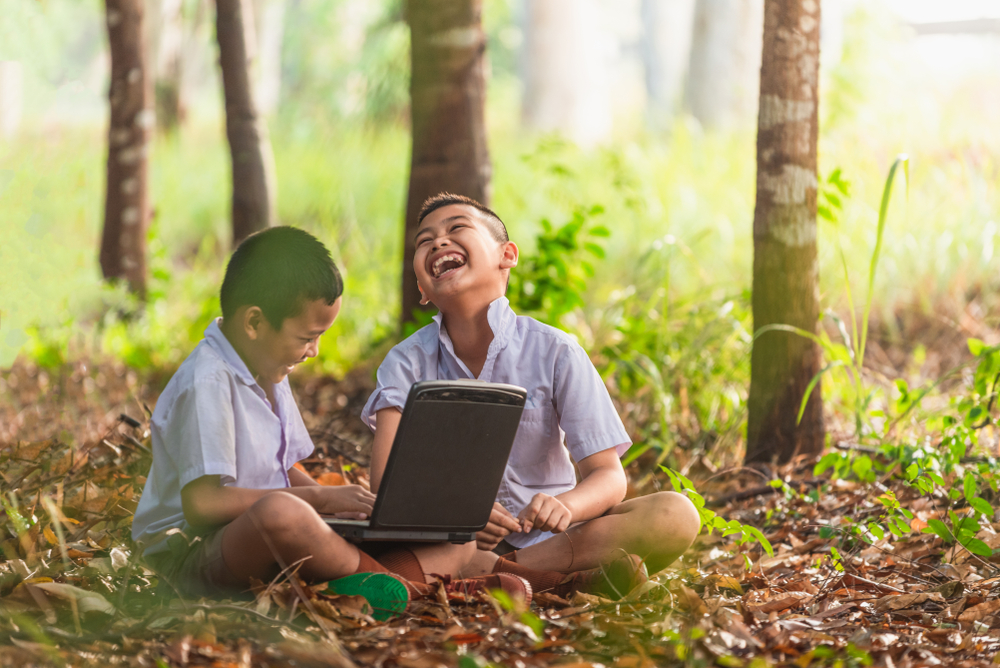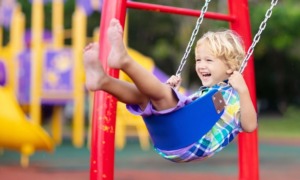As America’s education system and economy recover from COVID-19, communities everywhere are turning to summer learning for hope and inspiration in preparing students for the school year ahead. Thanks to a $30 billion federal investment through the American Rescue Plan, thousands of school districts, non-profit organizations, and government agencies have turbo-charged efforts to expand access to summer programs that accelerate learning, address social emotional needs and ultimately, rekindle the joy of summer for millions of students.
 From working with a legion of summer and afterschool program leaders and grantees in the field, we hear two questions most often. “How can we ensure these new investments and programs reach the students who need them most?” and “How can we ensure youth continue to receive high-quality summer learning experiences even after the emergency funding runs out?
From working with a legion of summer and afterschool program leaders and grantees in the field, we hear two questions most often. “How can we ensure these new investments and programs reach the students who need them most?” and “How can we ensure youth continue to receive high-quality summer learning experiences even after the emergency funding runs out?
These are the two questions policymakers, educators, and families would be wise to remember and articulate why summer learning programs are unique, impactful, and well-positioned to respond to the diverse needs of children and youth at this moment.
As the most recent National Academies of Sciences report on Summertime Experiences noted, summer is a metaphor for both inequity and opportunity for young people in education. The term “summer learning” has undergone a rebranding of sorts and emerged over the last several decades as a counter strategy to the widely held, negative perceptions of traditional “summer school” which has historically been viewed as punitive, mandatory, remedial, boring, solely focused on academics, and confined often to a school building.
In contrast, by design, high quality summer learning programs offer more freedom for hands-on, and project-based fun. They align with school district goals but do so in creative ways, which combine academics, health and fitness, enrichment, and mental health supports.
We need to ensure more families sign up for these hybrid experiences. To raise awareness, NSLA, with support from the New York Life Foundation, has teamed up with Boys & Girls Clubs of America, YMCA USA, National Recreation and Parks Association, Urban Library Council, and others to launch DiscoverSummer.org, a new online destination developed in response to COVID-19, to help families discover affordable summer programs, meals, parent tips and a sea of resources to keep kids learning, earning, safe and healthy this season.
To sustain support for these programs over time, we must show policymakers, educators, and the media the benefits summer learning programs can have on the lives of young people. This is why each year, NSLA leads the annual National Summer Learning Week (July 12-16) to invite leaders to see programs firsthand and to illuminate our “Four I’s of Summer:”
- A time for Improvement, when both learners and education leaders have opportunities to learn, develop and practice new skills. Past New York Life Foundation Excellence in Summer Learning Award-winning programs like Generation Teach and Breakthrough Collaborative use their programs for middle schoolers to recruit, train and retain new and diverse teachers.
- A time for Innovation – Summer offers a chance to incubate, try out and measure new ideas before scaling. Many well-known year-round non-profit programs and schools such as KIPP and Project Morry first started as innovative summer programs. This year, NSLA launched a new Summer Innovation Fellowship for Leaders of Color. Fellows receive funding and coaching and are using this summer to teach students everything from marine science, music production, to STEM skills.
- A time for Integration – Creative summer programs break down artificial silos in education and unite schools, non-profits, and government agencies that rarely work together but can now reimagine partnerships to better serve the same students. For example, the Teachers in the Parks program in Reading, PA, has certified teachers teaching literacy in neighborhood parks under trees each morning. The local parks department comes in with lunch, sports, and enrichment in the afternoons.
- And a time for Impact— The effect summer programs can have on young people’s lives is both immediate and lasting. Many adults can still remember the skills, friendships, and experiences they gained through programs they still use today. A great example of a high-impact summer learning experience is the paid summer internship. This summer, NSLA has teamed up with College to Congress to offer alumni of the New York Life Foundation Excellence in Summer Learning Award winners an all-expense-paid internship in Washington, DC working for a Member of Congress; as we know these experiences can lead to full-time jobs.
Finally, we are still in a unique situation coming out of COVID, and successful summer program partners are keeping key strategies in mind. They acknowledge:
- This is a multi-year effort. We will not catch up on everything we missed over a school year in 6-10 weeks. Through new federal investments, we have funding for the next three years, so we need to be strategic, thoughtful, and intentional. As NSLA’s summer training guidebook is titled, “Summer Starts in September,” leaders need to plan early and engage in the U.S. Department of Education’s Summer Learning and Enrichment Collaborative and dozens of State Education Agencies to develop their multi-year summer learning strategies.
- No one can do it all alone. No single non-profit, school district, and government agency can meet all of the diverse student needs by themselves. We need local leaders to have vision, humility, and flexibility to coordinate complementary resources and strengths among different groups. The Mott State Afterschool Networks and Every Hour Counts citywide intermediaries can help programs build partnerships and cross-community professional development opportunities.
- Prioritize connection over content. Rebounding from COVID requires recognition that many of the families we serve have gotten sick, lost jobs, and even loved ones, not to mention a racial reckoning has reverberated throughout our country. Caring peer and youth-adult relationships need to be built before real learning can begin. As such, we all need to create space to talk, heal, and be heard, and the support of mental health professionals will be essential. Our best programs build community and trust and are trained to facilitate important and hard conversations.
- Focus on delivering high-quality programs. To have the impact and attendance programs seek, we must ensure students receive high-quality learning experiences each day. We know what quality programs look like, how to plan, train and measure them. Data, research, and examples from NSLA’s national award winners, the RAND Corporation, The Wallace Foundation, Weikart Center, National Institute of Out of School Time, Harvard’s PEAR Institute provide great resources.
We must seize this moment to meet the needs of students and families across America. We know we must focus on closing the equity gaps, serve more youth, and show our country’s leaders that investing in our youth year-round is wise. Let’s take lessons learned and feedback and fine-tune our programs to improve next year. If we collectively do a good job focusing on these needs, we will ensure summer learning experiences for all students become the expectation for years to come and not just an exception during an emergency.
Aaron P. Dworkin is the CEO of the National Summer Learning Association. Marlyn Torres is the senior program officer of the New York Life Foundation.
































